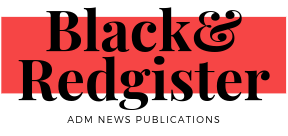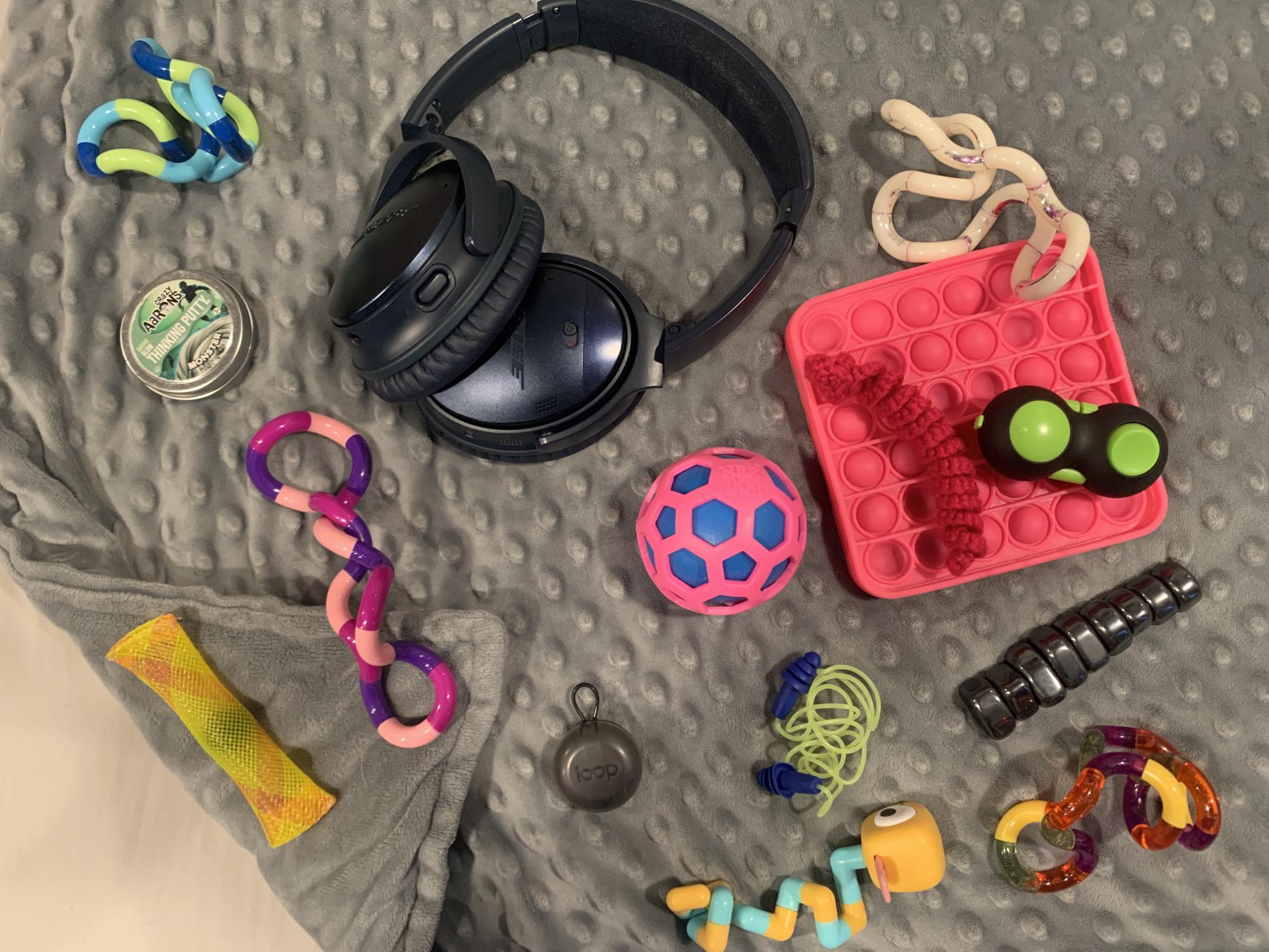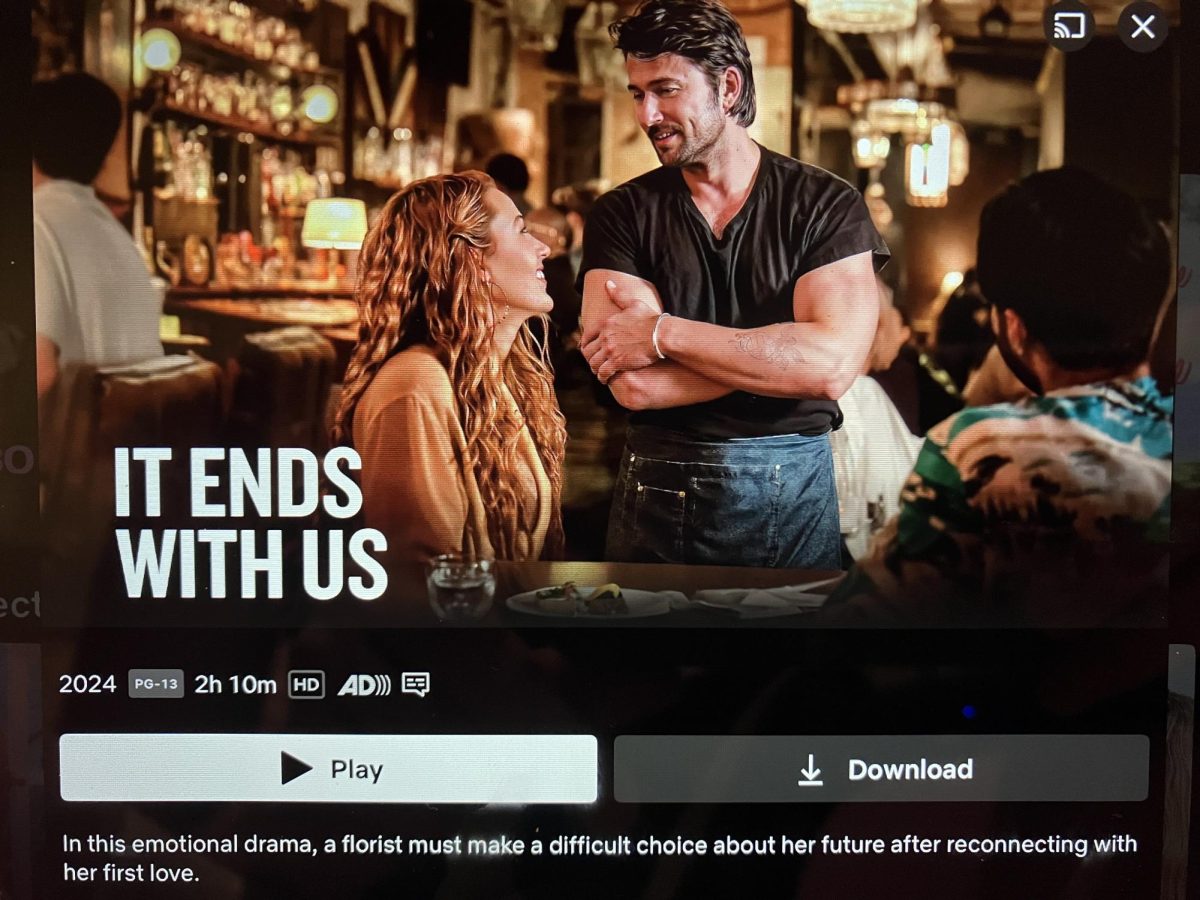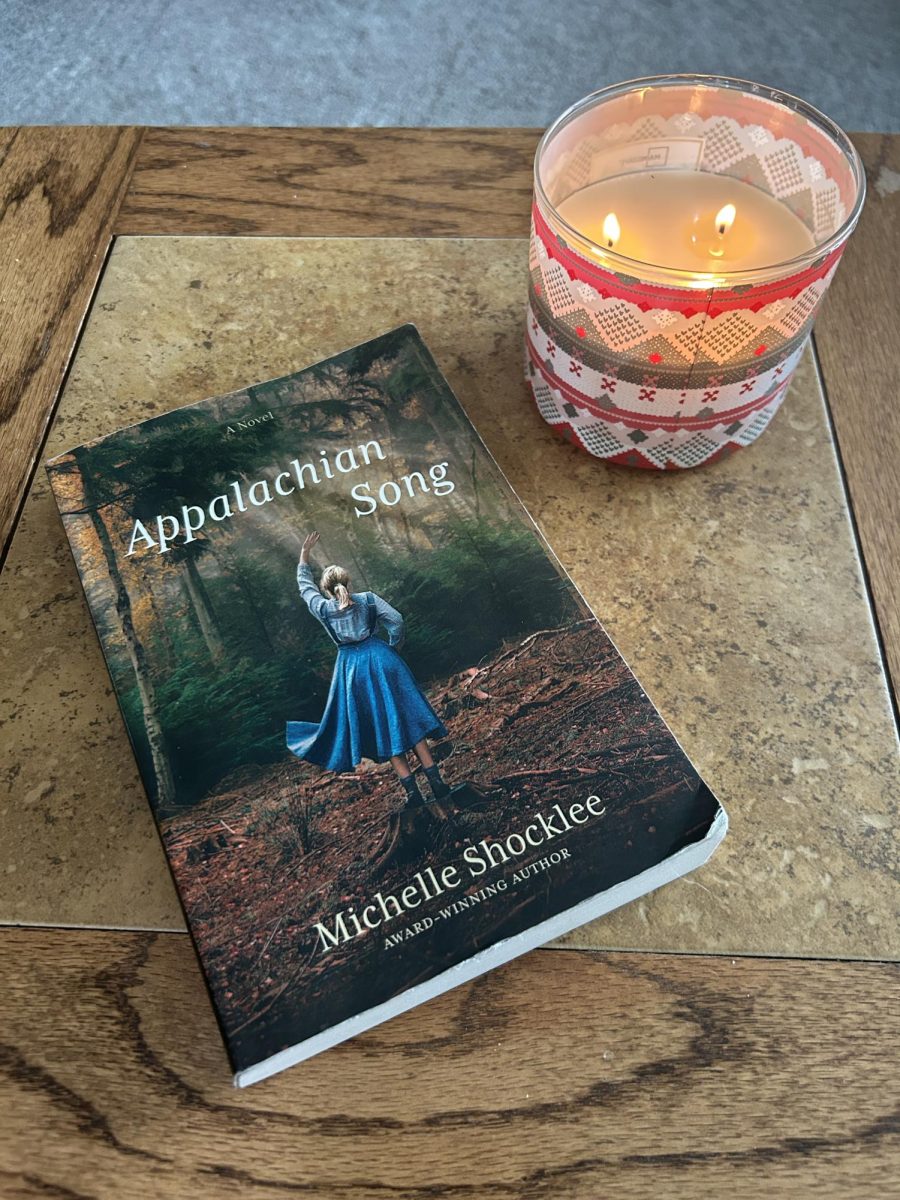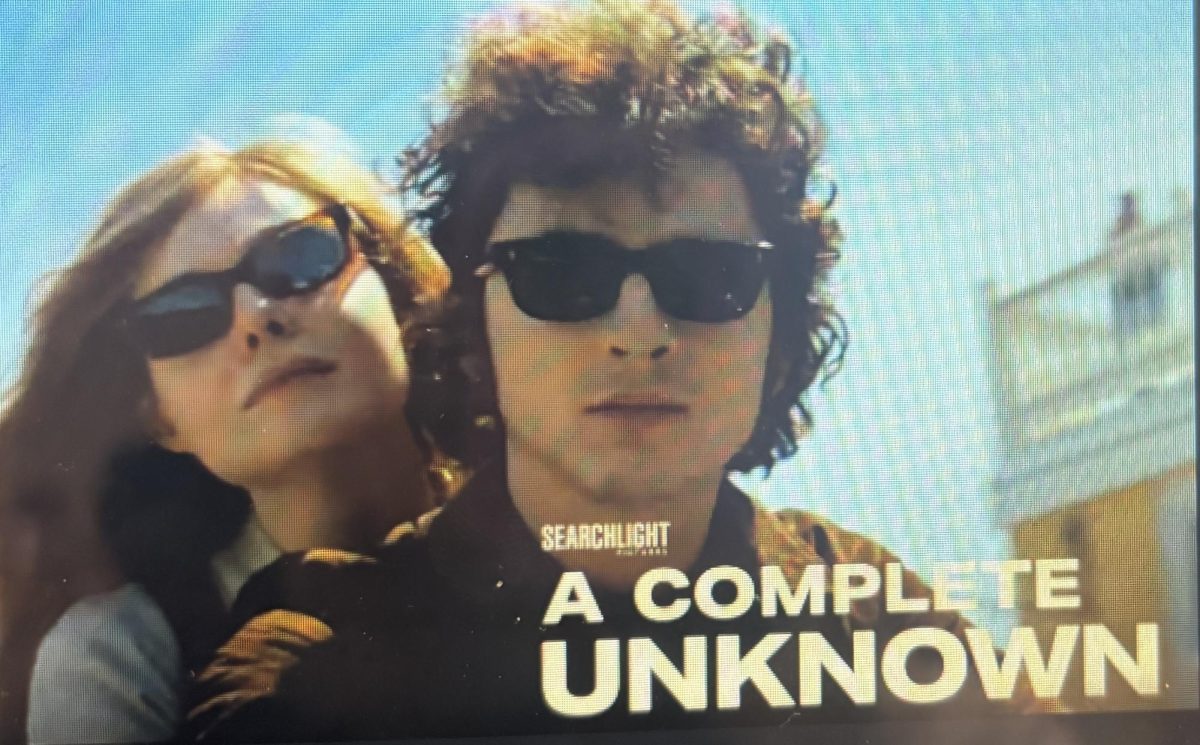The diversity in human brain wiring is what enables our society to thrive. Certain differences in brain wiring may have minimal impact, such as differences in music tastes. However, other variations in brain function can manifest as disabilities or disorders. Although it may not be apparent to some, I have received professional diagnoses and treatment for both ADHD (Attention-Deficit-Hyperactivity-Disorder) and ASD (Autism Spectrum Disorder). Due to these diagnoses, I have been given the label of neurodivergent. Neurodivergencey is a fairly new label and it describes people with a different way of looking and communicating with the world. It covers disorders such as Autism, ADHD, Dyslexia, Tourretes Syndrome, Dyspraxia and many other disorders that cover a variety of mental functions. An estimated 15-20% of all people can be considered neurodivergent, while even neurotypical people may experience the same issues that are commonly expressed in neurodiverse individuals.
Because autism is a spectrum, autistic individuals have varying symptoms and levels of challenges. As the saying goes, if you have met one person with autism, you have met one person with autism. I was diagnosed with level 1 ASD, which really just means that out of the 3 different levels of support needs required by people with autism, I require the least amount of support and can usually maintain a higher level of functioning than someone with level 3 autism who may be non-verbal or unable to live without an in-home aid. People with a lower level of autism are also able to cover their symptoms of autism more productively. This is referred to as masking and greatly changes the presentation of autism. While people with autism all have to have similar issues in their lives, they can vary very differently from person to person. This is how autism presents itself most notably in me:
- Sensory issues
- Social and communication difficulties
- Strong interests in certain subjects (this is otherwise known as special interests)
- Adherence to a strict routine
- Issues with eye contact
- Emotion dysregulation
The symptoms of ASD and ADHD are more closely aligned than researchers previously knew. Researchers have recently concluded that 50-70% of autistic people also present with ADHD. Although there are similarities in symptoms between ASD and ADHD, having ADHD poses its own unique challenges. As someone with a combined type ADHD diagnosis (both hyperactive and inattentive symptoms are present in me), this is how ADHD affects my life:
- Impulsiveness
- Forgetfulness
- Issues focusing
- Disorganization
- Increased fidgeting
- Excessive talking
- Restlessness
- Hyperfocus
I attribute a significant part of who I am to my neurodiversity. However, it has also posed challenges in certain aspects of my life that neurotypical individuals may not encounter. With the help of mental health professionals, I have learned strategies to cope with my unique traits. I hope that my experiences and knowledge can be a source of support for anyone, regardless of their neurotype.
Sensory Aids
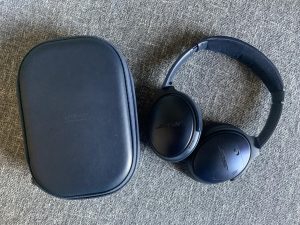 One of the biggest issues I deal with because of my disorders comes from the world around me. The noisy and bright world can be very stressful and distracting for me and many other neurodiverse people. One of the most helpful things for this has been noise-canceling headphones. When I bought my current Bose QuietComfort 35 Series II headphones four years ago, they were the best headphones on the market, even though this title has since then been stolen. Even after daily use, they are still as good as they were the day I bought them. I slip these headphones on in noisy hallways to avoid the overstimulating bustle of high school students, I wear them in class to drown out the voices of my peers so that I can focus and I use them as a way to ground myself in high-stress situations through the use of music.
One of the biggest issues I deal with because of my disorders comes from the world around me. The noisy and bright world can be very stressful and distracting for me and many other neurodiverse people. One of the most helpful things for this has been noise-canceling headphones. When I bought my current Bose QuietComfort 35 Series II headphones four years ago, they were the best headphones on the market, even though this title has since then been stolen. Even after daily use, they are still as good as they were the day I bought them. I slip these headphones on in noisy hallways to avoid the overstimulating bustle of high school students, I wear them in class to drown out the voices of my peers so that I can focus and I use them as a way to ground myself in high-stress situations through the use of music.
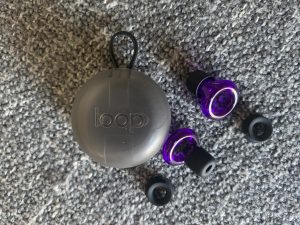 Sometimes, I need to be aware of my surroundings, but the world is still a little too noisy for my liking. This is when I wear my Engage Loop Earplugs. These earplugs were designed and targeted towards neurodiverse people because the earplugs don’t remove the sound of a person speaking, but they filter out annoying background sounds. These earplugs are very discreet and come in a variety of fun colors, so I find myself a lot more comfortable wearing them in public as opposed to my previous hearing protectors. For a couple of extra dollars, I also purchased the Mutes, which go into the hole in the earplug and reduce the sound a little bit more. I love these earplugs and think they can be helpful to most people. Because they are technology-free, I can use them freely in various places and keep my ears protected.
Sometimes, I need to be aware of my surroundings, but the world is still a little too noisy for my liking. This is when I wear my Engage Loop Earplugs. These earplugs were designed and targeted towards neurodiverse people because the earplugs don’t remove the sound of a person speaking, but they filter out annoying background sounds. These earplugs are very discreet and come in a variety of fun colors, so I find myself a lot more comfortable wearing them in public as opposed to my previous hearing protectors. For a couple of extra dollars, I also purchased the Mutes, which go into the hole in the earplug and reduce the sound a little bit more. I love these earplugs and think they can be helpful to most people. Because they are technology-free, I can use them freely in various places and keep my ears protected.
Neurodiverse individuals can experience both hypersensitivity and hyposensitivity to stimuli, which means that sometimes we can feel overwhelmed by the environment, while other times we might feel underwhelmed and seek more sensory input. Personally, I have found that using a weighted blanket not only helps me fall asleep at night but also provides me with the desired sensory input to calm me down whenever I need it.
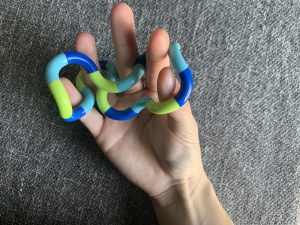 Another way that I can get this stimulus is through fidget toys. Without fidget toys, I have the tendency to pick at my face or skin, which is less than desirable. I have tried a lot of fidget toys throughout my life and my favorite one I have used so far has been the Tangle. I have many of these toys and pretty much always have one with me in my pocket. They are fairly cheap, not very noticeable and come in a variety of fun different colors.
Another way that I can get this stimulus is through fidget toys. Without fidget toys, I have the tendency to pick at my face or skin, which is less than desirable. I have tried a lot of fidget toys throughout my life and my favorite one I have used so far has been the Tangle. I have many of these toys and pretty much always have one with me in my pocket. They are fairly cheap, not very noticeable and come in a variety of fun different colors.
Accommodations
Because both of my disorders have been professionally diagnosed, I am considered disabled from a legal perspective. In school, this means I am allowed to ask for reasonable accommodations in a school setting according to Section 504 in the Rehabilitation Act of 1973. While my support needs are usually low, I do have a 504 plan, which is a list of accommodations that teachers must follow, just in case I need it. This plan allows me to use my headphones during class and work somewhere else during free work time and tests. Additionally, I was also able to apply for accommodations from my future college and ask to be placed in a single dorm room. While undiagnosed and neurotypical individuals may not get legal accommodations, it is still crucial to ask for help to maintain good mental health. If you are easily distracted during a test, you may request to take the test in a different room. If you need assistance with schoolwork that you are not familiar with, you may request help. The key to accommodations is to ask for help when you need it.
Medication
As previously mentioned, certain privileges can only be granted to individuals who possess an official diagnosis on paper. Medication falls into this category. During my younger years, my family resisted the idea of medicating my ADHD due to its negative reputation. However, when I eventually began taking medication in high school, my parents witnessed firsthand how mistaken they had been. I was able to engage in conversations without interruption, watch an entire movie without distraction and my teachers no longer complained about my disruptive behavior in class. The stimulant medication I was prescribed significantly enhanced the quality of my social, academic, and personal life, prompting my parents to question the prevailing negative perceptions surrounding ADHD medication. While ADHD medication has proven highly beneficial for me, it is crucial to acknowledge that it is a tightly controlled substance that should only be used if you have received a diagnosis of ADHD and it has been prescribed by a healthcare provider.
Acceptance
While we can try to make life as easy as possible, the truth is that most of our biggest issues will follow us around forever. When it comes to me and my neurodiversity, I have learned that I won’t ever be able to get rid of it, so why not embrace it? One of the most helpful things I have found to understand myself and my neurotype is to see others’ experiences in life. Currently, there is not much media surrounding autism and ADHD, especially not in women or people who are higher masking, however, there are a couple that stick out to me. The best resources I have found during my journey to acceptance have come through books. If you or someone you know is autistic or neurodiverse, I would highly suggest the book NeuroTribes by Steve Silberman or Thinking in Pictures by Temple Grandin. I have also found the Netflix TV show Atypical to be fairly representative of my life with autism, although other autistic people have varying opinions on the show. Throughout my journey towards self-acceptance, I have found that surrounding myself not only with media that I can relate to but also with people who are similar to me has been instrumental. When I was younger, I felt pressured to fit into a particular social mold, but as I have grown older, I have come to terms with the fact that there is nothing wrong with being different. If I would rather spend time crocheting with a friend than going to a football game, who decides that this is the wrong thing to do? By not forcing myself into a mold of what a “normal” person should be, I have found more happiness, and it has allowed me to accept that my neurodiversity is not inherently wrong; it comes with its own advantages. I don’t know anyone who can store as much information about classic rock in their head as I can, nor can I think of someone who has as many hobbies as I do. I am quick to learn, communicate efficiently, and feel things deeply. By accepting myself and my differences, I can manage my weaknesses and amplify my strengths, and I believe that you can too.

